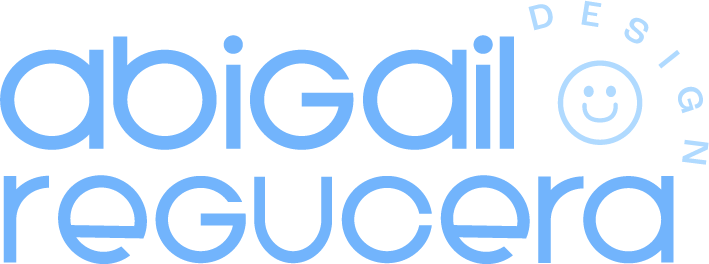5 Business Expenses You Should Include In Your Pricing
This post may contain affiliate links. I may receive a commission for purchases made through these links (at no cost to you, of course!)
As a creative freelancer, you may be overlooking some business expenses that should be included in your pricing. When you determine a price for a project proposal, don’t forget to consider the business expenses that are incurred.
Here are 5 business expenses to consider when you’re pricing your projects:
EQUIPMENT AND SOFTWARE
Make sure to take into account the resources you need to make a project happen. For example if you’re a graphic designer, this can include paid subscriptions to design programs you may use such as Adobe Creative Cloud, a drawing tablet you may have recently bought to upgrade your deliverables, cloud services such as Dropbox to share the completed assets with the client, and more. As a designer myself, other software I pay yearly is my CRM platform, Dubsado and Google Workspace.
MARKETING FEES
Often, freelancers will forget to include their marketing fees in their pricing. If you created a portfolio to showcase your wonderful work on a website, you should be including your website fees such as domain and hosting services. Without that website portfolio, your client probably wouldn’t have hired and trusted your quality of work! If you do any other digital marketing you may be paying yearly for an email marketing platform like Flodesk, Mailerlite and ConvertKit or a social media scheduling platform like Planoly, Buffer and Hootsuite.
INCOME TAXES
If freelancing is your full-time job, don’t forget to set aside a portion of your income for income taxes. In Canada, the recommended amount is 25-30% for those who are self-employed.
INSURANCE
When you’re self-employed, you may be tempted to cut down on business expenses by skipping the insurance plan. However, insurance plans are important because they will save you money in the long run when the unexpected happens! Of course there’s health insurance, but don’t forget about business insurance too. You may get employer’s liability insurance, or travel insurance if you travel often for work. Depending on the type of business you run, for example if you’re a photographer, you may also want to get an equipment protection plan to protect your expensive camera and lenses from accidental damage that may occur on the job.
EDUCATION
You’ve already got the skills and know-how to get your business started, but down the road you may consider expanding your skillset to pull in even more clientele. Every good business needs to keep up to date in their field to keep bringing in clients, and that includes training courses every once in a while. There are several great online courses you can sign up for to improve your skills. A really great course I enrolled in this year to enhance my skills is Standout Squarespace by the talented, Rache from Squarestylist. Another course I have my eye on to enroll in the future is Amplify Shopify by amazing, Morgan Rapp.
Your pricing is based on your expertise, and that expertise includes knowing and testing out the right workflow to get the project done in the most efficient way possible. When in doubt, round your rates up!
If you’re still unsure about how to price your services, try out this pricing calculator I made for creative freelancers. It includes a section to properly calculate your expenses within your pricing!

